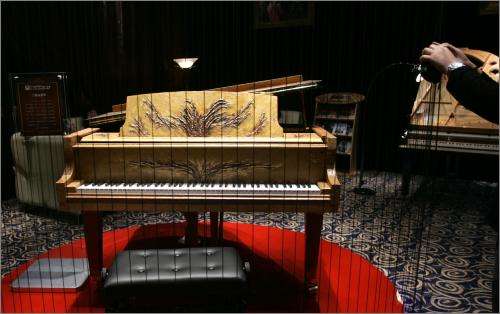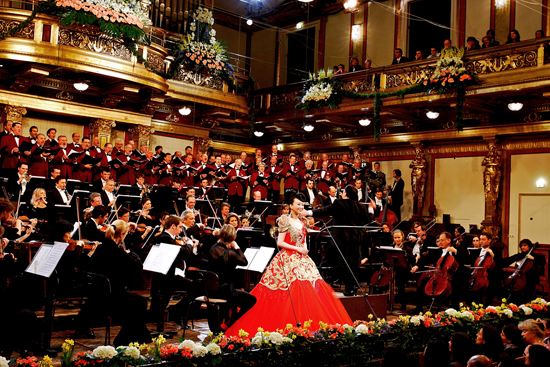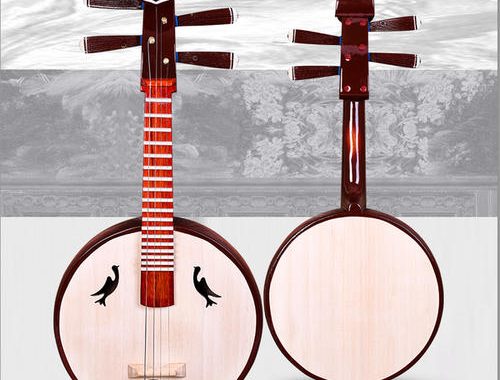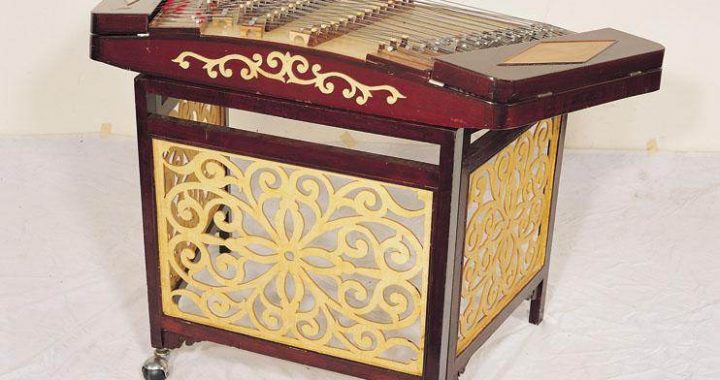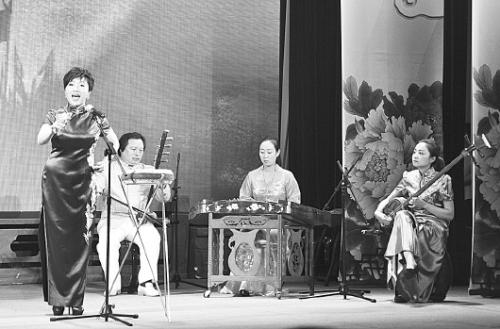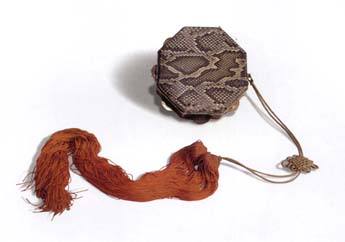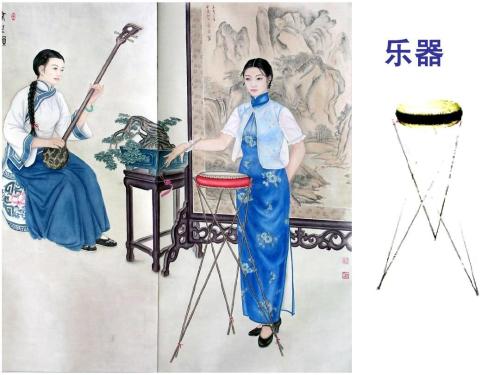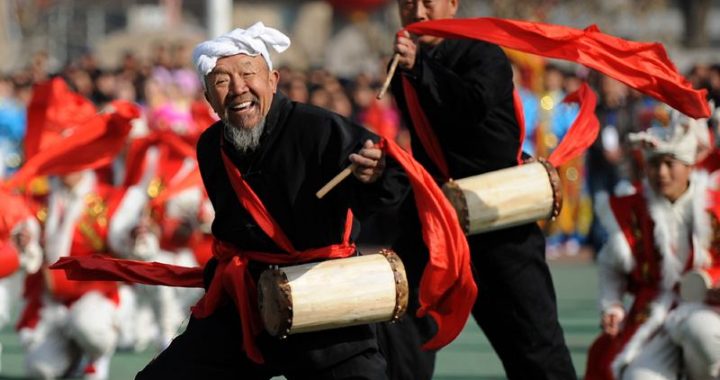A performance of Yuan Dynasty Zaju opera by Zhong Duxiu
3 min readChina’s traditional opera has an extremely long history, with origins reaching back to the pre-Qin period (prior to 221 BC). The palace song and dance entertainments that followed included not only plotting and characters, but also singing with instrumental accompaniment, dancing, dialogue, makeup, costurnes,and simple stage settings. These entertainments may be said to represent the roots of the traditional opera of later periods. By the time of the Song Dynasty, traditional opera had entered the cultural life of every strata of Chinese society. Not only that, it superceded the song and dance entertainments of the nobility that had been dominant for so long, to become the mainstream of Chinese music.
Nanqu (southern song) was a type of traditional opera popular in southern China during the Song-yuan period. Beiqu (northern song) referred to the instrumental accompaniment for Zaju opera, a type of musi-cal drama that appeared in the north. Both types of opera utilized fairly simple instrumentation, generally consisting of drum, flute, and clappers. A mural at Guangsheng Temple in Hongdong County, Shanxi Prov-ince depicts a performance by Zhong Duxiu (dates of birth and death unknown), a famous Yuan Dynasty Zaju opera performer. There are seven men and four women in the picture, including eight performers and three musicians. Zhong Duxiu is in the middle of the front row, a woman dressed as a male character. The three musicians, holding a drum, transverse flute, and wooden clappers, are shown in the back row. This painting realistically portrays the instruments used to accompany Yuan Dynasty Zaju opera, as well as the positioning of the musicians.
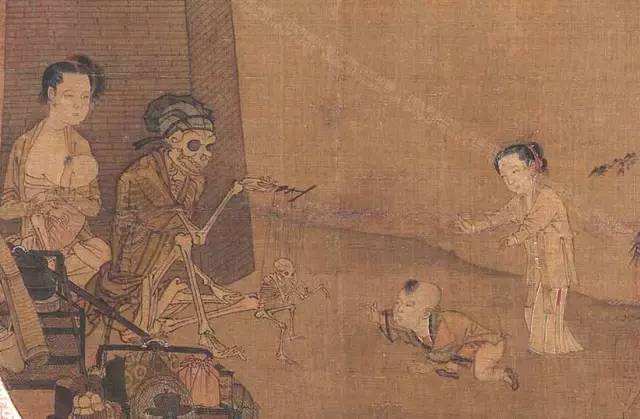
Bangu (flat drum) and paiban (wooden clappers) Despite extensive damage to one section, a Song Dynasty stone carving unearthed at Luojiaqiao,Guangyuan, Sichuan Province offers a clear depiction of musicians accompanying a Zaju opera perfor-mance. One provides the beat on a bangu (flat drum), while the other two play wooden clappers and transverse flute. The bangu drum is an important percussion instrument used in Zaju opera, still played today. The body of this small drum, 25 centimeters in diameter, is constructed of thick pieces of wood. The drumhead is made of pigskin or cowhide, with a striking surface only five to ten centimeters wide. It is played by striking with bamboo drumsticks held in both hands, producing a bright and ringing tone. The bangu drummer, who also is responsible for wooden clappers, is the lead player of the Zaju opera ensemble,employing various percussion techniques and drum beats to conduct the group. The bangu drum, along with wooden clappers, marks the time for vocal arias and supports the performers’ gestures and move-ments, provides embellishment for the percussion section, and serves as a foil for the setting and charac-ters. Bangu drumming, with its rich and complex technique, has a strong artistic appeal.
Paiban (wooden clappers) are another percussion instrument often seen in traditional opera. Wooden clappers appeared in palace entertainments and popular music during the Sui-Tang period. By the time of the Song-yuan period, not only were they increasingly common in the music of the nobility and the people, they also were widely used to accompany traditional opera. Wooden clappers underwent various changes over the ages depending upon their usage. A set of clappers generally consisted of three, six, or at most nine wooden pieces. Modern clappers are usually made of three pieces, each approximately 2 7 cen-timeters long. The base block is held in the left hand and struck with the other two. Clappers are used ex-tensively in traditional music ensembles and to accompany traditional opera.
